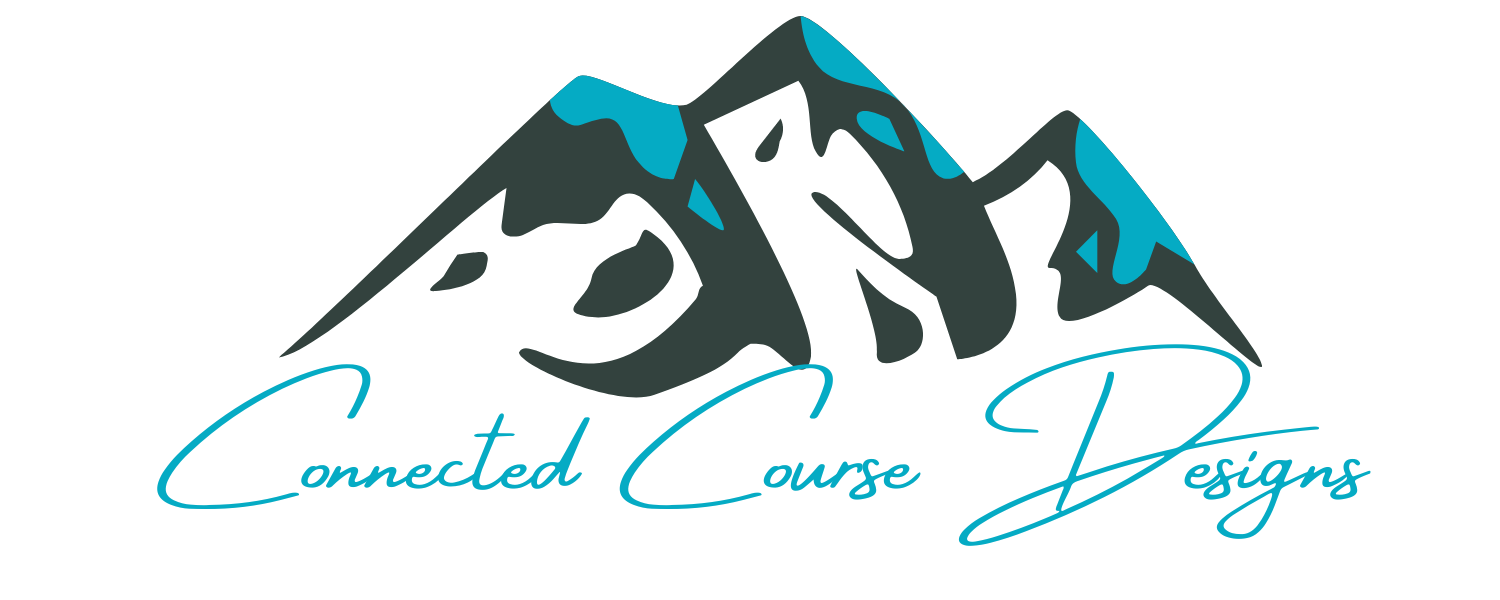
Walking into my local library to pick up a sturdy, oversized, canvas bag full of materials is one of my favorite memories from when my sons were young and we were homeschooling.
We had the most wonderful library staff in the country who would curate content based on request, gather it all up, and have it ready at the desk for pick-up.
At the time, not a lot of homeschool curriculum existed, so I often made my own.
I would tell the librarian that we were studying the westward expansion of United States history and needed videos, historical fiction, related science experiments, and art projects for grades 3, 4, and 6 levels.
They would deliver a trove of amazing material for us to use.
You probably have your own collection of wonderful materials already created for your business as well, or at least the knowledge for them.
Maybe you’ve done a presentation and have a PowerPoint from that, you have notes from speaking at an event, you’ve done some YouTube tutorials, or you have the scripts from a podcast – all of those can be used to create a course to serve your audience. Or, maybe you have fully completed courses already.
When I first started creating my own courses, it sometimes felt overwhelming. Eventually, I came up with a process that was easy to implement, worked well, engaged the boys, and produced the results needed for them to master the topics for their grade-levels.
The number one question course creators ask me is:
How do I know what content to include in a course?
This is the most important question of all to ask because its answer is the key to your learners being successful.
The answer is by starting at the end, or what I call the summit destination.
First, identify the mountain your learner is seeking to climb. How will they know when they have reached the top? What is their summit destination, or in other terms: What is the end goal they need to be able to do?
The number one question to ask when creating a course is:
What is the end goal
that learners need to be able to do at the end of the course?
Once that’s identified, you work backwards to figure out what to include and what to omit, and only content that leads to that end goal gets included.
For the next few blogs, we'll look at one well-done design element in courses of other online content course creators. We’ll talk about a new aspect of summit-first design in each post.
To get the entire framework for free, subscribe to the newsletter where you’ll also get more tips and tricks for course design.

